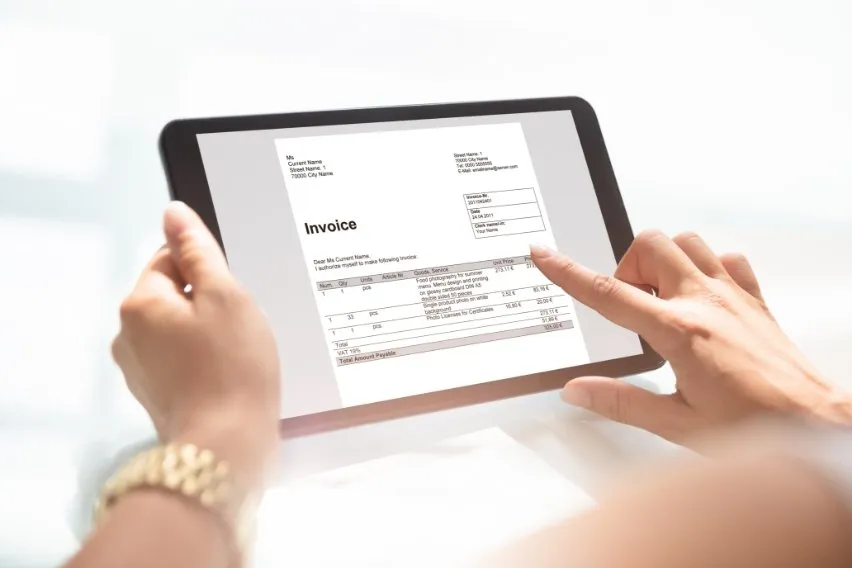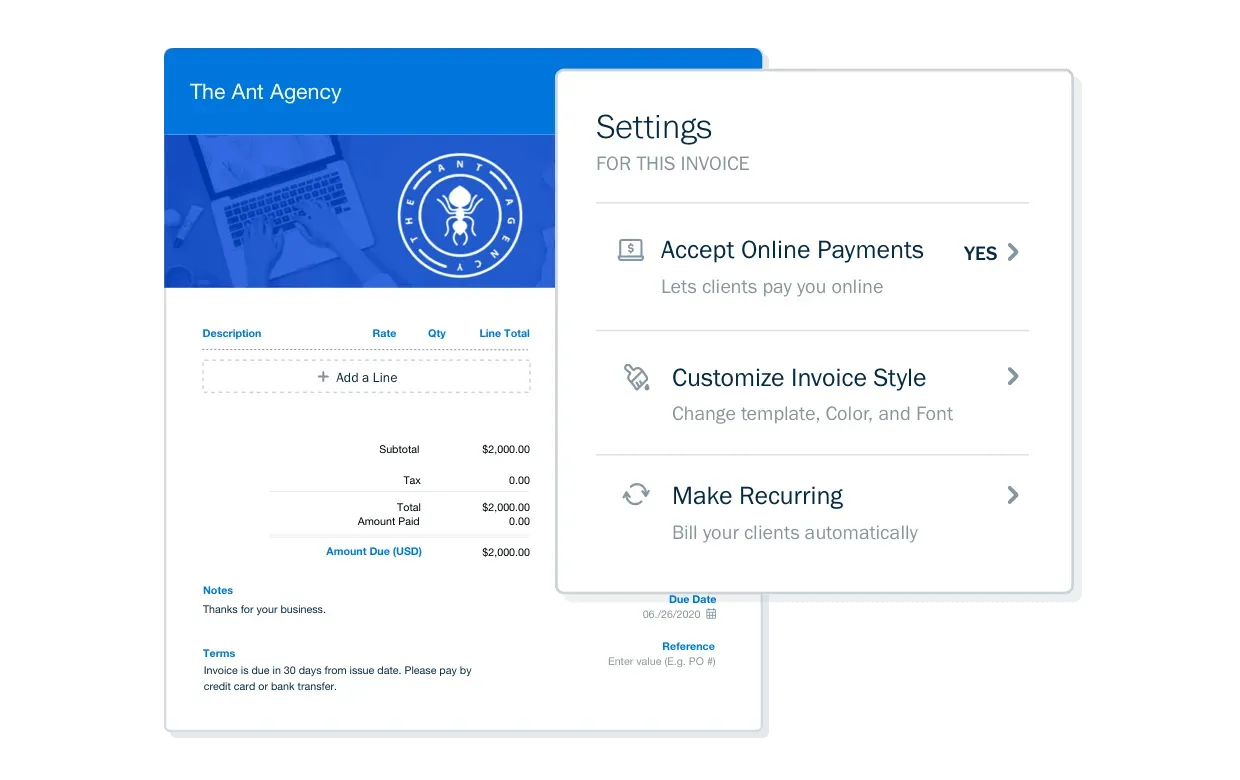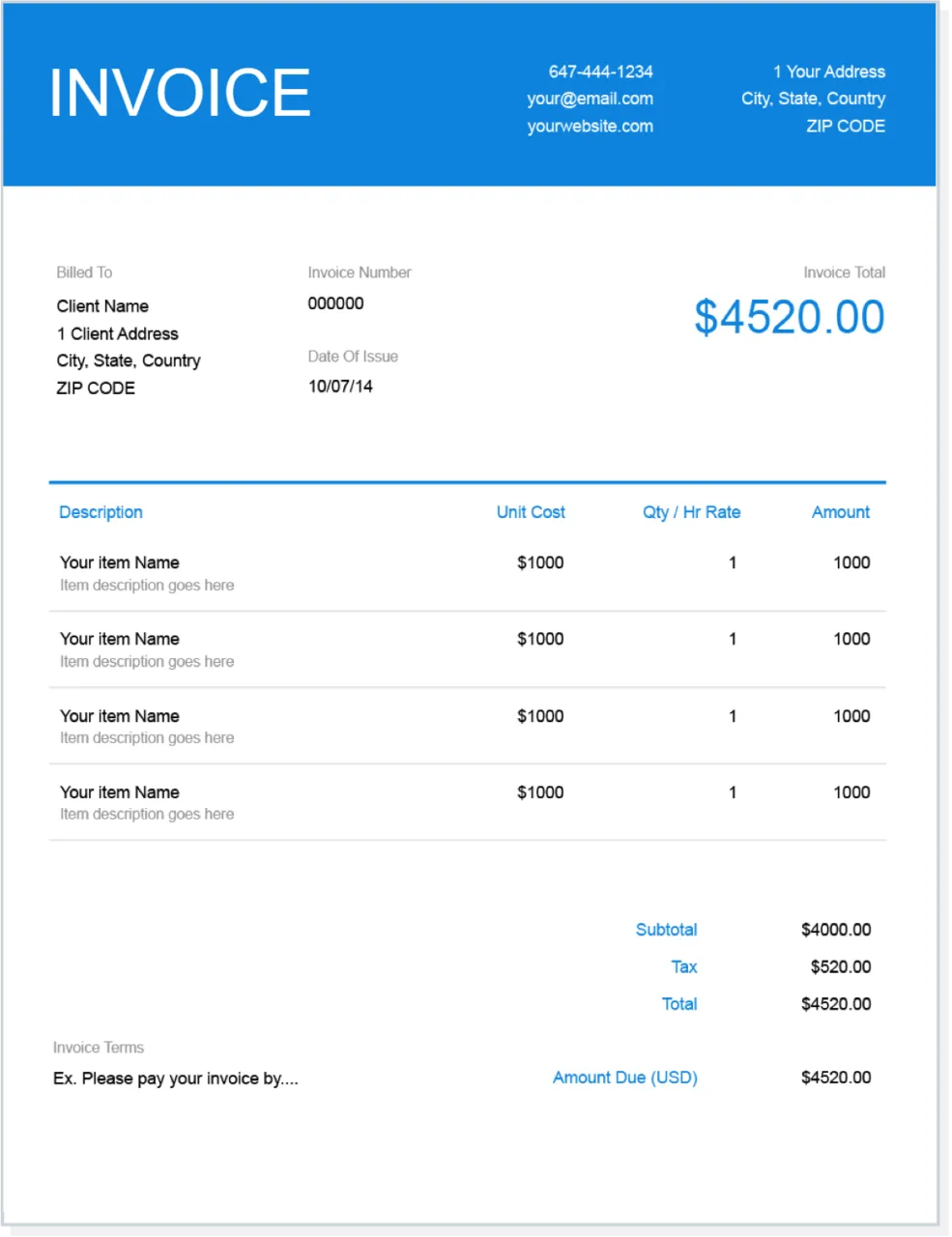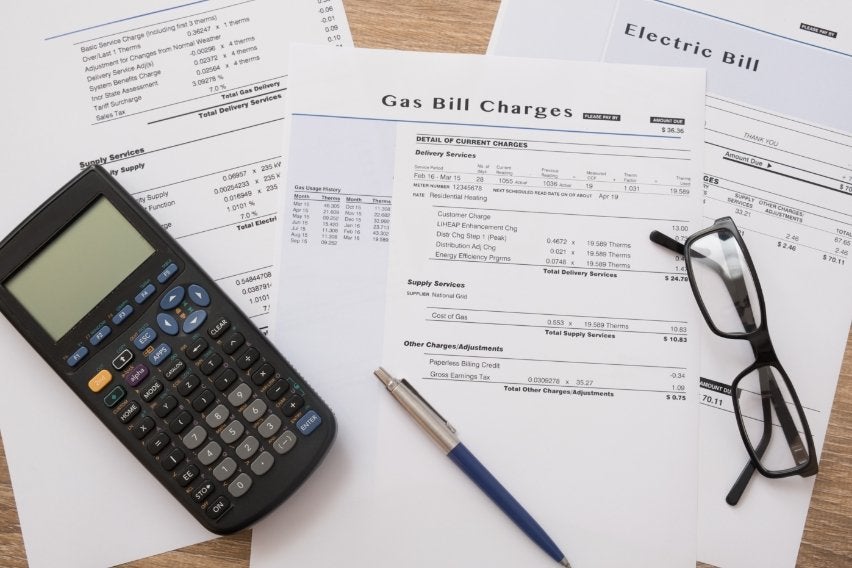E-Invoicing: Definition, Benefits & How To Create Them

Electronic invoicing is the new solution compared to paper invoices. Yet, there can be a lot to know and understand when it comes to electronic invoices. Is there an electronic exchange? Can you use automated invoicing? What about invoice creation? There are several business systems that allow you to send invoices electronically.
But it can be important to consider many areas. For example, time savings, lower costs, and e-invoicing standards for small businesses. You want everything to be in a structured format and an electronic format so you can get faster payment. But what do you do with all your invoice data to reduce the time it takes for manual processing?
The good news is we created this guide to break down everything you need to know for an e-invoicing solution. Read on to learn about how it works, the benefits and challenges, and more!
Table of Contents
What Is E-invoicing?
Every day, merchants and buyers exchange millions of invoices. Yet before, sending and processing invoices included labor-intensive and error-prone manual methods. An option gets offered by electronic billing. By automating the management of bills, businesses can speed up this essential activity.
With e-invoicing, suppliers may create and deliver invoices to clients automatically. This happens in a structured digital format. And clients can process and pay those bills electronically. Shorter payment periods, improved efficiency, and a decrease in errors are all advantages.
An e-invoice is one that gets sent electronically from a supplier to a client. It contains billing information displayed in a structured fashion. E-invoicing has many benefits for both sellers and their clients. Instead of manually making and printing invoices, e-invoices get generated from sales transactions.
Companies can automate labor-intensive processing stages. This can include the three-way matching of invoices to purchase orders and shipments. They can do this when their suppliers send them electronic invoices.
If you’re looking for easy-to-use and intuitive e-invoicing software, FreshBooks has everything. You can get all your billing in order and simplify all your processes. You can create professional-looking invoices and accept credit cards to get paid faster.

How Does E-invoicing Work?
When e-invoicing gets included in accounting, businesses profit most from it. Companies can automate the stages involved in processing invoices thanks to this connectivity. Let’s assume that a business routinely bills clients after sending their orders.
Using data from customer orders, ERP systems send an invoice without extra data entry. Customers that receive invoices can easily import them into their own software. This is because they are in a digital format.
The processing of the invoice then gets automated by the client’s business software. This includes the process of comparing the data to the original purchase order. It also includes comparing it to the delivered products. If everything ends up matching, the customer is then required to pay the amount that’s on the invoice.
But within all this, there are going to be a few different kinds of e-invoices that you can send. For example, some of the most common include:
- Sales invoices. The most typical kind of invoice is a sales invoice. When a company provides customers with goods or services, it creates sales invoices to collect payment. There is some standard information on an invoice. It contains the name and contact details of the supplier and the client and the invoice number. It will also include the good or service given, the amount owed, the payment due date, and the payment methods.
- Pro forma invoices. This sort of invoice gets used by sellers to give a quote prior to providing any goods or services. It includes the projected price, a description of the job, and any other details. The buyer might need these to decide whether to proceed with placing an order.
- Credit memos. When a company has to offer a discount or a refund, it sends a credit memo, sometimes referred to as a credit invoice. If a product got harmed in transit or to fix an earlier billing error, a credit invoice might get generated.
- Past-due invoices. This invoice gets delivered to a client who hasn’t paid a sales invoice by the deadline. It might also include any late fees mentioned in the sales agreement. It must contain all the information from the original sales invoice. It then gets delivered to the client after the due date.
- Commercial invoices are essential documents in international trade. Therefore, it is important for business owners to learn how to create commercial invoices, as they ensure that all transactions are documented accurately and comply with international shipping regulations. These invoices are primarily used to calculate tariffs and duties and to obtain customs clearance. Depending on the country, it might contain information about the quantity and weight. Or, it could contain information on the volume of the items, their description, and their price.
- Timesheet invoices. Timesheet invoices are frequently sent by companies who bill for their services on an hourly or daily basis. The number of hours worked and the hourly rate charged are both listed on a timesheet invoice. Legal professionals, consultants, and psychologists are among those who use timesheet invoices. Streamline your invoice by following our guide on how to write an invoice for hours worked. This will help you present a clear and concise invoice to your clients.
- Debit memos. A debit memo informs the company that the customer’s balance needs to gets raised. For instance, if the initial amount for a project was an estimate and it required more time and resources, the business can issue a debit invoice.
- Mixed invoices. Credit and debit costs get combined into one invoice in this type of invoice. What the consumer owes gets shown in the net amount.
- Recurring invoices. These get used by companies that offer ongoing or repeating services. These get sent out every month or at other regular intervals. Businesses that offer streaming services, cloud-based software, or gym memberships are examples.
- Final invoices. This is delivered after a sizable job gets finished. It specifies the amount due after any interim payments have got deducted from the overall project cost.
Benefits of E-invoicing
E-invoicing offers a variety of company advantages. These include cheaper expenses, fewer mistakes, and increased cash flow. These advantages come from making it possible to automate accounting and payment procedures.
Some of the biggest benefits of e-invoicing include:
- An increase in productivity. Because ERP systems deliver e-invoices automatically, employees don’t have to spend time entering data. Employees can now devote more time to higher-level tasks as a result of this.
- Fewer mistakes and errors. Since transaction data is automatically copied to e-invoices, data entry errors are not possible. Additionally, this lessens the possibility of aggravating and time-consuming payment disputes.
- A reduction in cost. Lower human labor expenses and improved accuracy result in savings for both suppliers and customers.
- Potential supplier discounts. Many suppliers offer rewards for prompt payment and levy fines for late payments. Customers may find it simpler to pay fast and take advantage of early-payment discounts thanks to e-invoicing.
- A smaller impact on the environment. E-invoicing lessens the environmental impact of the invoicing process by doing away with paper, ink, and envelopes.
FreshBooks has invoicing software that provides each one of these benefits, and then some. It can make your life a whole lot easier and allow you to stay on top of all your invoicing and tracking needs.

Challenges of E-invoicing
Even though there are some substantial benefits to e-invoicing, there are still some challenges that it can bring. It might depend on the type of business you operate or the industry you’re in. But either way, these challenges are worth understanding beforehand to help you stay on top of them.
Some of the biggest challenges to e-invoicing include:
- Customer resistance. It’s possible that not all clients can fully benefit from e-invoicing. Some people might not even get used to getting invoices through email. Customers must grant their permission in several nations before suppliers can e-invoice them.
- The need to navigate spam filters. E-invoices sent by email run the risk of ending up in the spam folders of recipients. Having a customer portal where invoices can get sent and customers can be informed can prevent this.
- Potential changes in workflow. Accounts Receivable and Accounts Payable processes can be improved with e-invoicing. Even while the modifications may simplify the life of the staff, some individuals might not be comfortable changing. It’s crucial to prepare them beforehand.
- The need to adhere to regulatory compliance. When conducting business with government agencies, many nations mandate that corporations utilize e-invoicing. Digital signatures, automated tax reporting, and keeping them for a period of time are further standard criteria.
How to Create E-invoices
Creating e-invoices doesn’t have to be a challenge. Online invoicing software such as FreshBooks makes it incredibly simple and quick to do. You can easily customize them with the touch of a button and add custom messages if needed. Here are the steps to take to create your own e-invoices:
- First, download your free electronic invoice template from FreshBooks
- Once downloaded, you can begin adding in all your business information, like name and other contact details
- If you have a logo, you can easily add it to the invoice template.
- Add your customer’s information, like their name, email address, and contact details
- Include the invoice date as well as the invoice number
- Include the payment due date and the relevant terms for receiving payment
- If needed, you can include any shipping terms
- Provide a description of the product or services you’re providing, including the quantity and price for each
- If you need to, add in any sales taxes, credits, and discounts
- Calculate the total amount of the invoice based on the services and prices you outlined
- If you have any other payment terms, like how to pay the invoice or associated late fees, you can insert these details into the template
- You’re all finished and can save the invoice and then send it to the client however you see fit, which can be through email

Using professional invoicing software can bring a ton of benefits to your business. You’ll have peace of mind knowing that the invoice management process is not only secure but also well-organized. Ultimately, it’s the most efficient, simplest, and easiest way to invoice customers.

Key Takeaways
When selecting an e-invoicing system, consider the efficiency it can achieve through automation. Companies can accomplish that goal with the aid of e-invoicing features built into accounting software. Leading ERP systems, for instance, can produce e-invoices automatically from sales transactions.
Additionally, your solution should be able to meet specifications for a few things. These include document storage, determining appropriate taxes, and incorporating digital signatures as required. It’s most important to consider what your business actually needs.
FAQs on E-Invoicing
Why is e-invoicing needed?
It helps to streamline invoicing processes and limit the possibility of mistakes or errors occurring. Plus, it can help when it comes to approving and tracking several invoices for your business.
Is e-invoicing mandatory?
No, e-invoicing is not mandatory for all businesses, but it is for some. Yet, leveraging the power of accounting software can make a huge difference. For example, FreshBooks offers an excellent solution to your invoicing challenges. It’s easy to use, intuitive, and offers additional accounting capabilities for your business.
Is e-invoice mandatory for B2B?
Yes, all B2B transactions must include electronic invoices. This replaced the previous e-waybill system.
RELATED ARTICLES


 How to Pay Bills on Time: 7 Tips to Keep in Mind
How to Pay Bills on Time: 7 Tips to Keep in Mind Prepayment Invoice: Definition & How To Create One
Prepayment Invoice: Definition & How To Create One Paperless Invoicing: Is It Better Than Paper Invoice?
Paperless Invoicing: Is It Better Than Paper Invoice? Consolidated Invoicing: Definition & How to Create One
Consolidated Invoicing: Definition & How to Create One Usage-Based Billing: An Extensive Guide
Usage-Based Billing: An Extensive Guide Prorated Billing: What It Is and How Does It Work?
Prorated Billing: What It Is and How Does It Work?